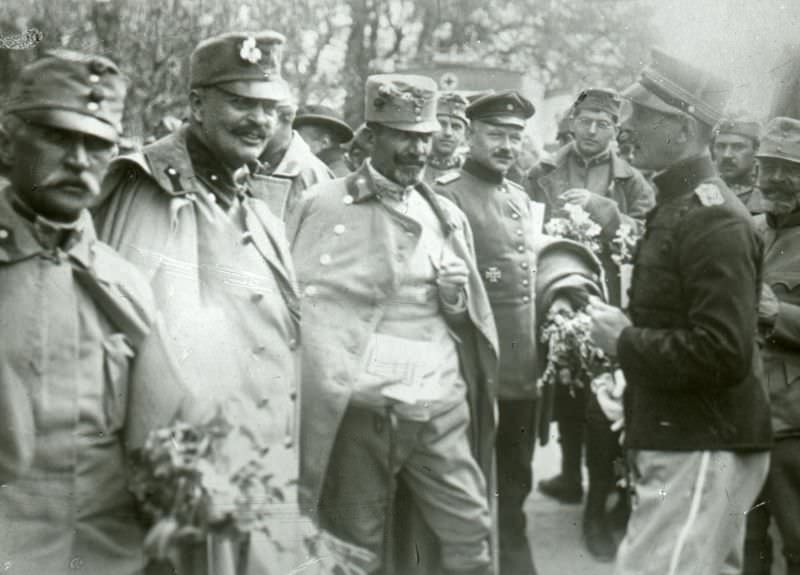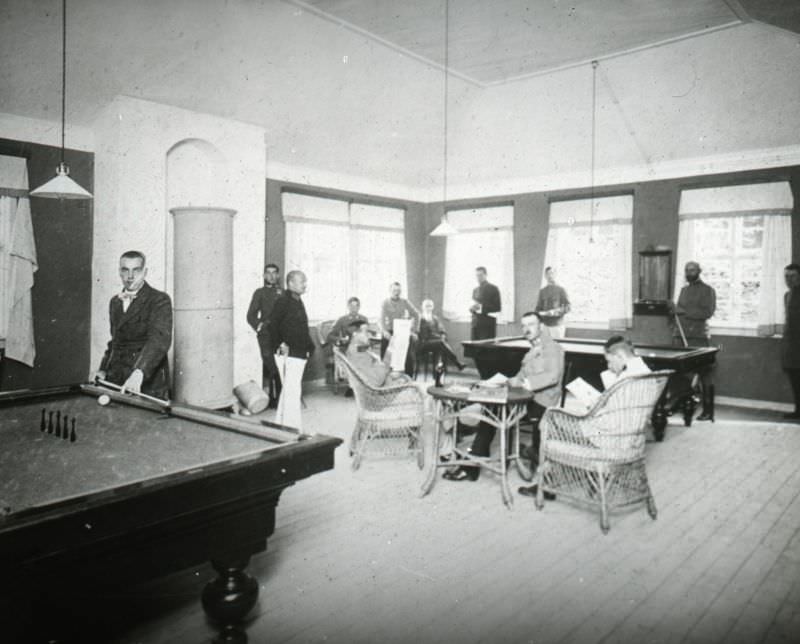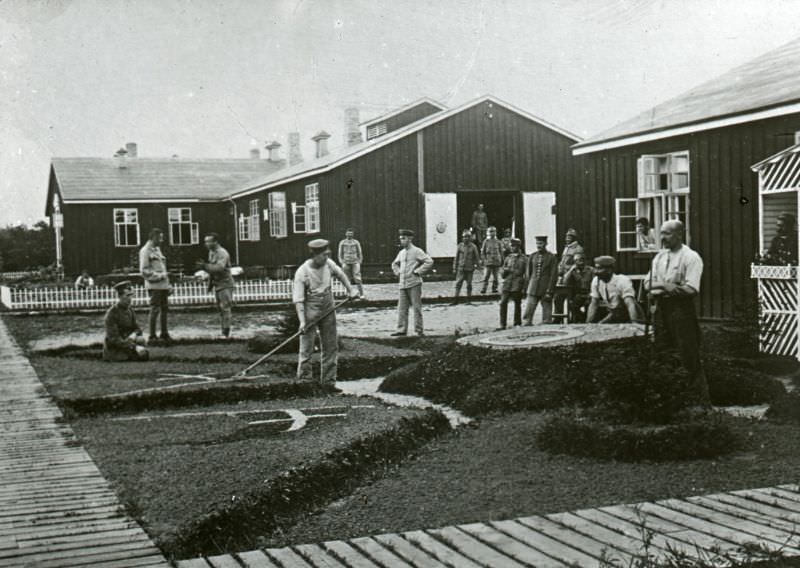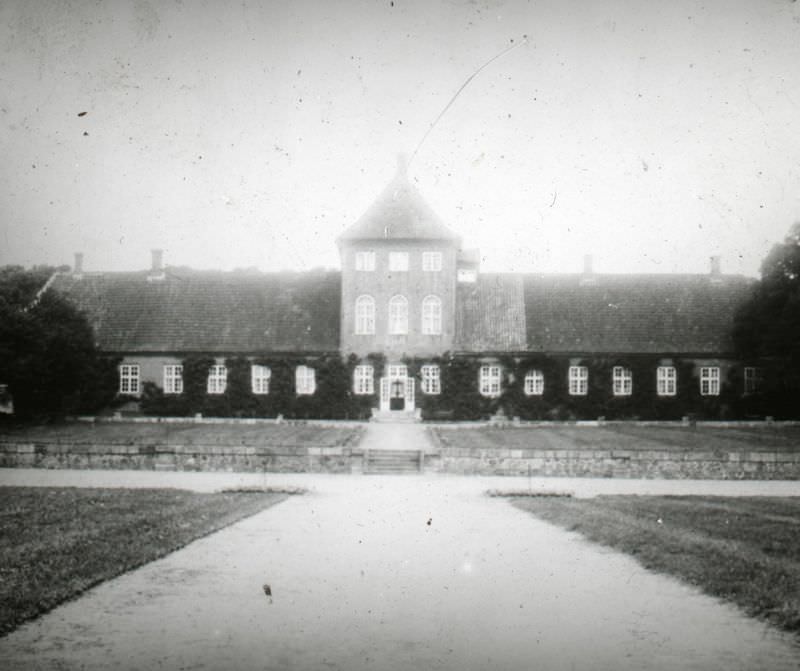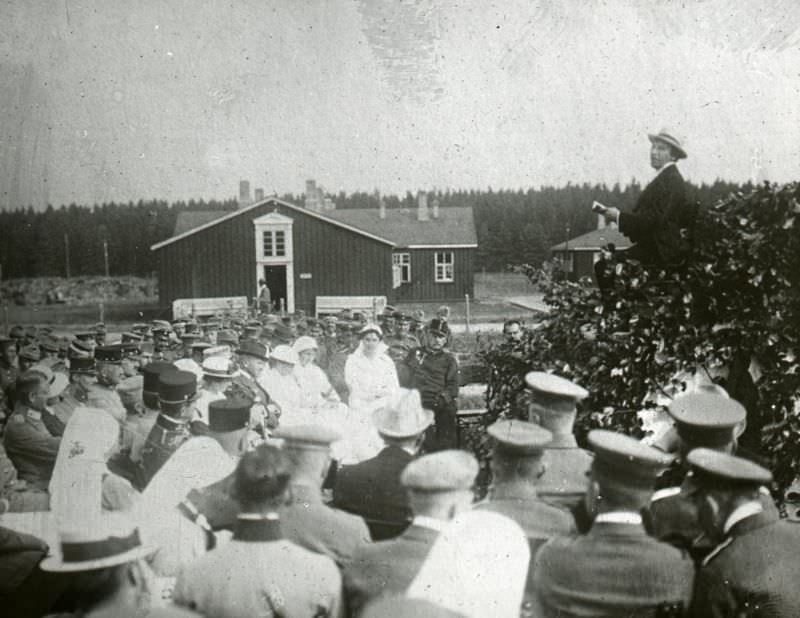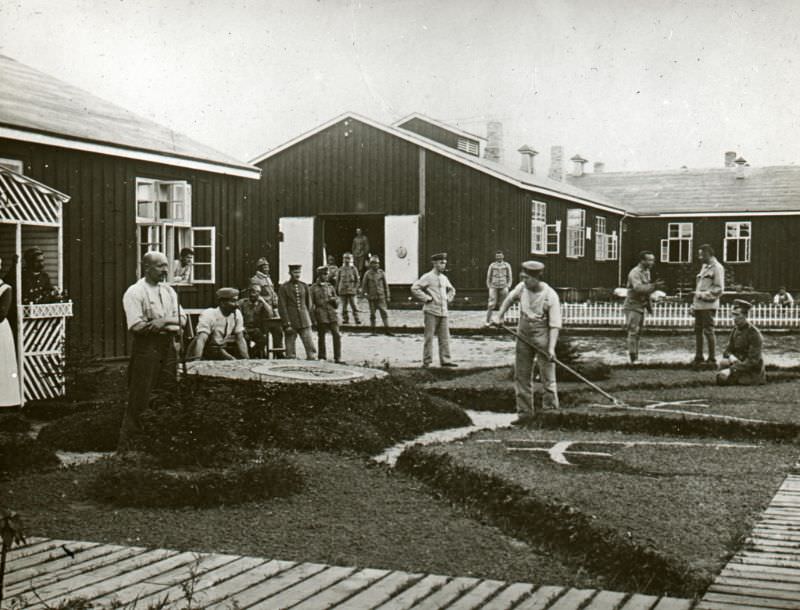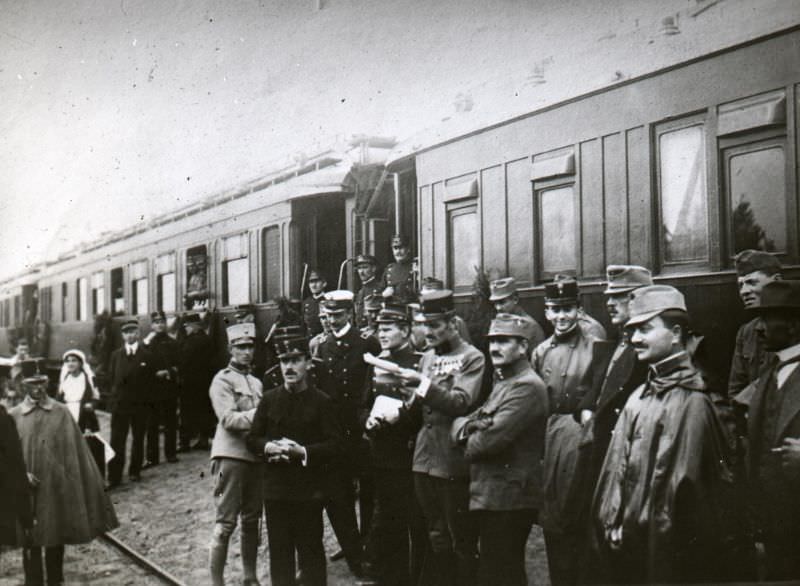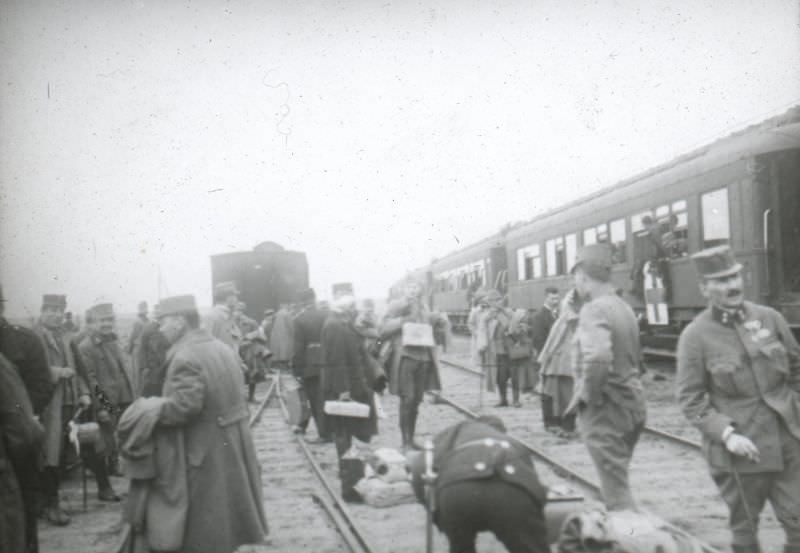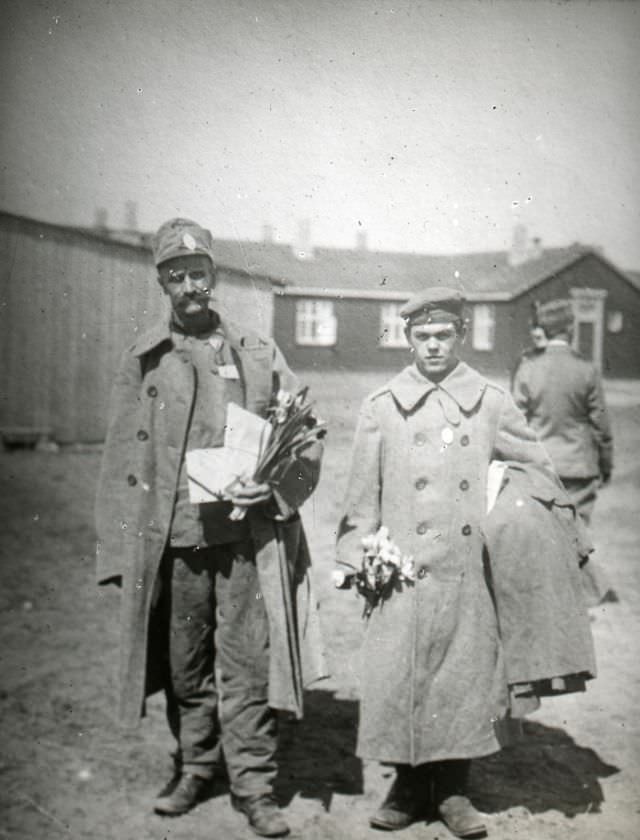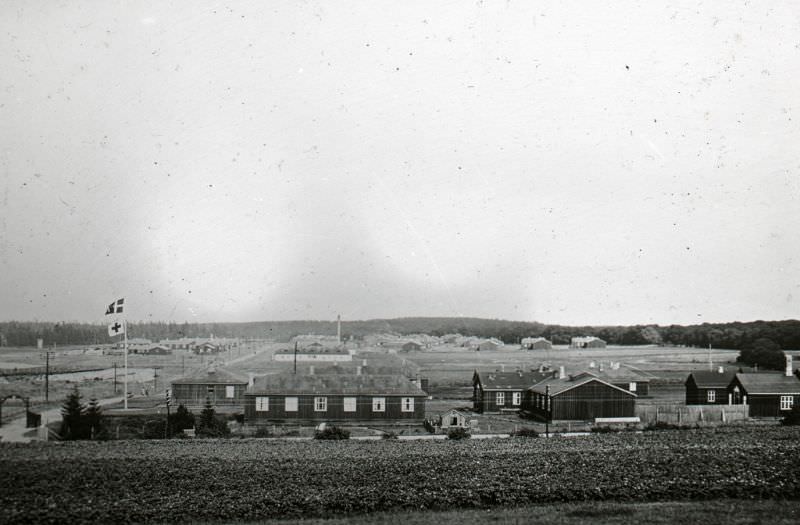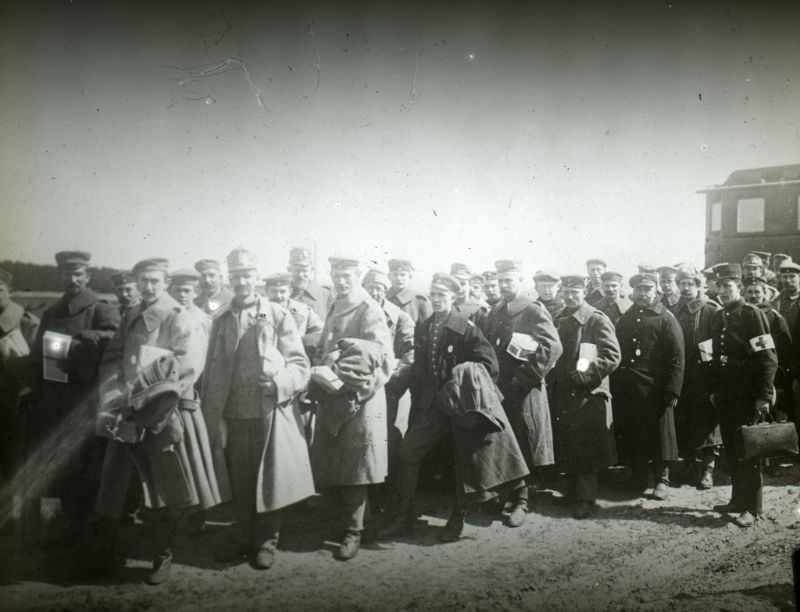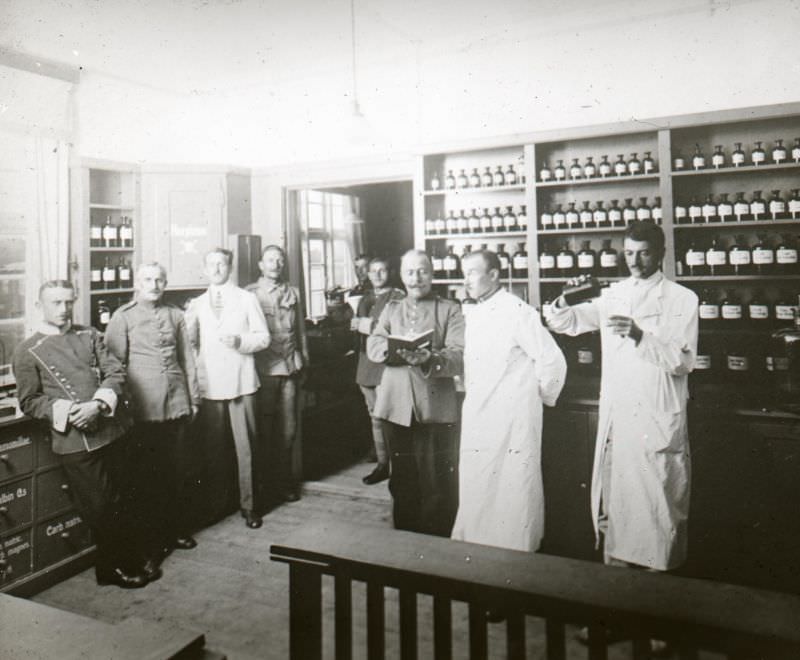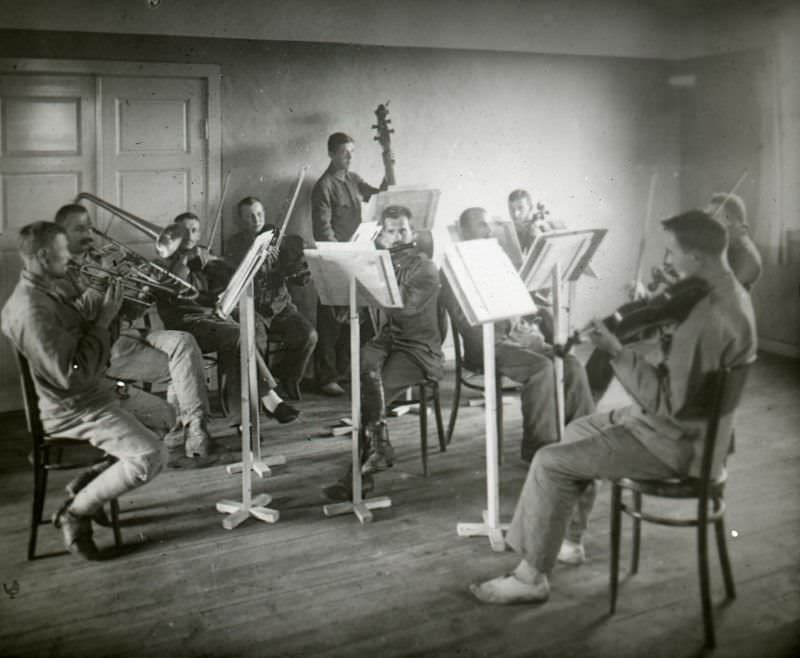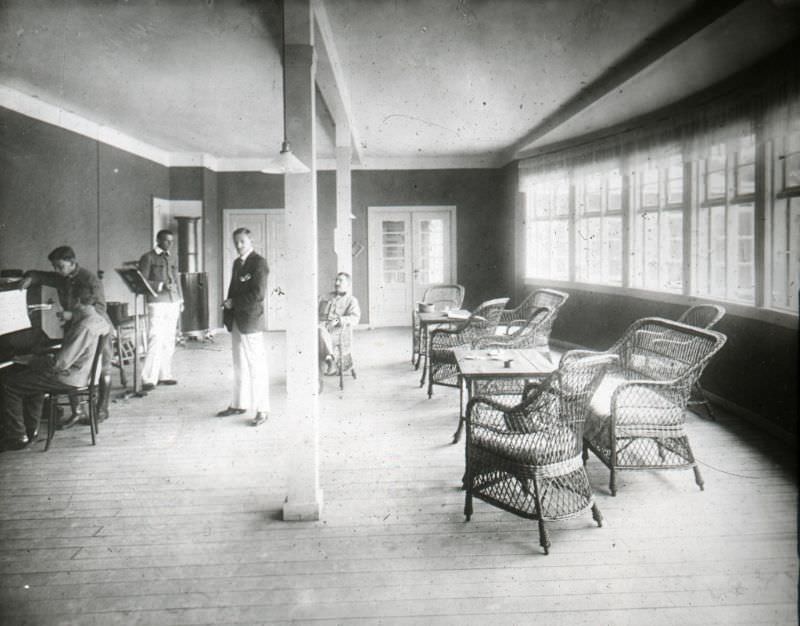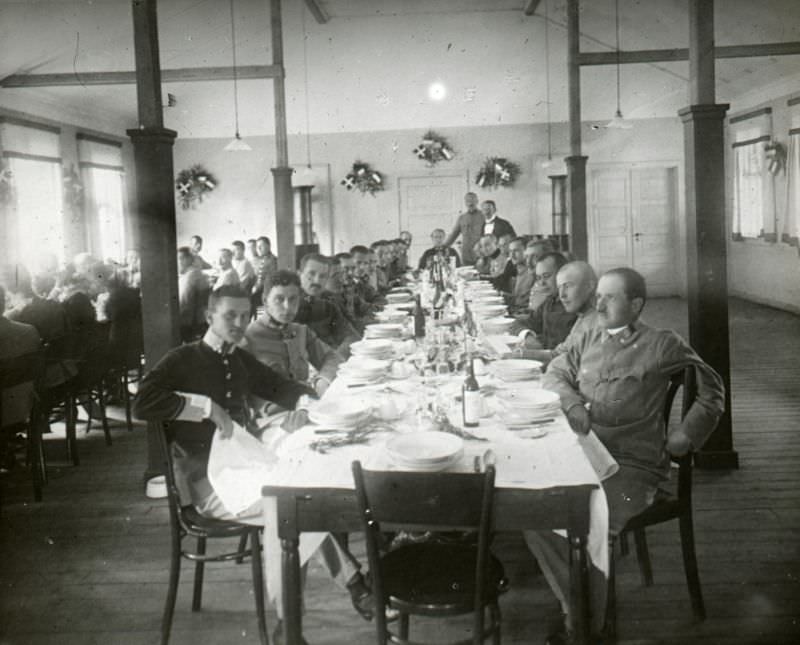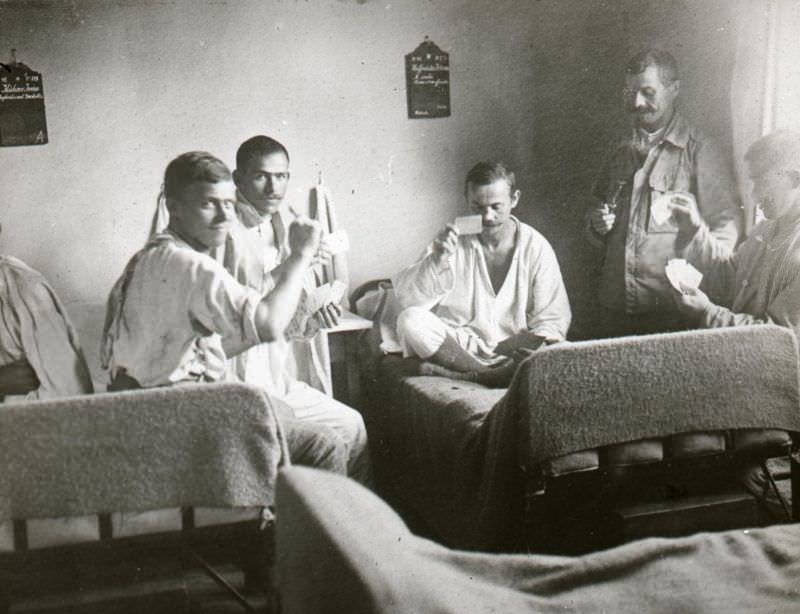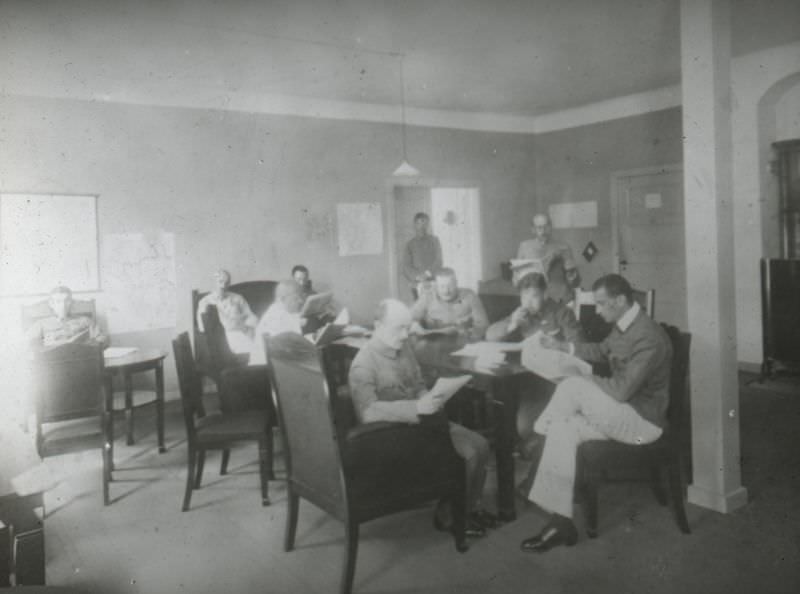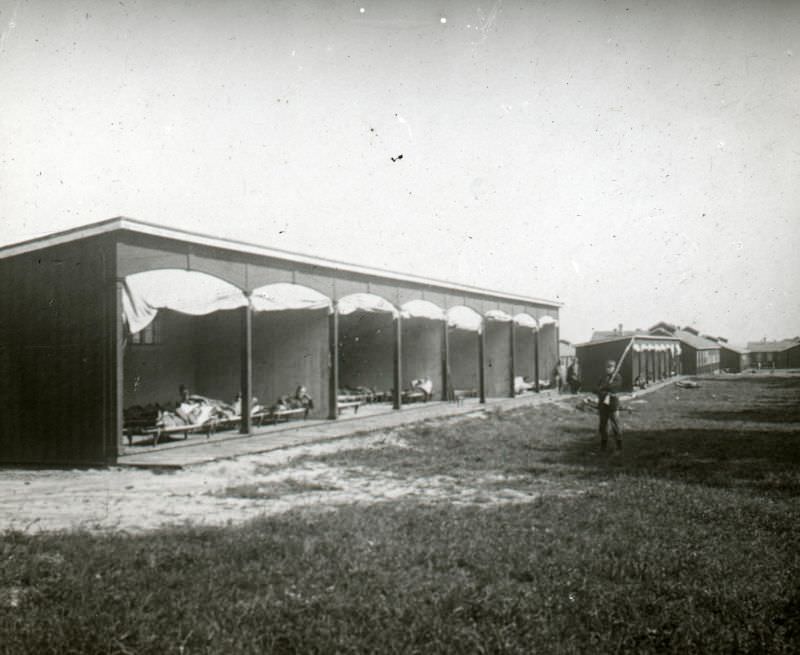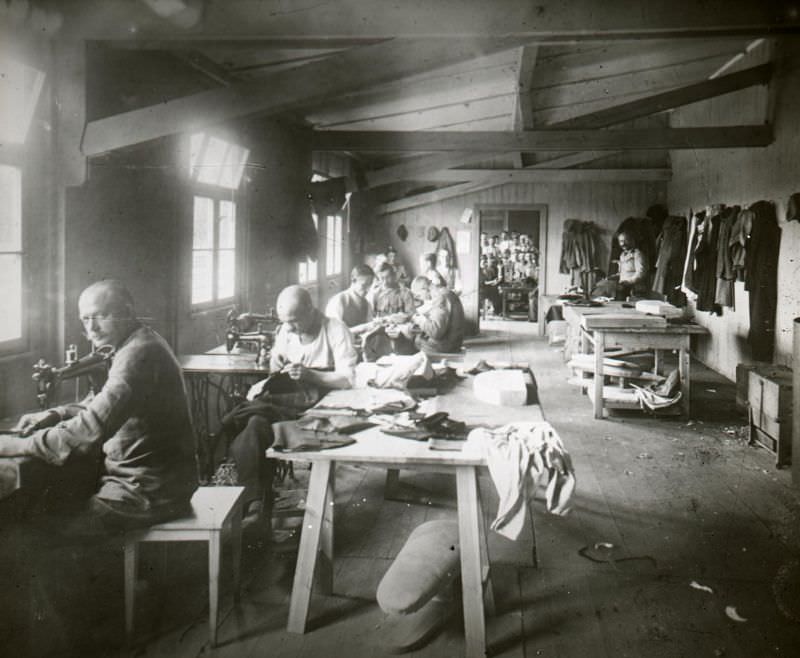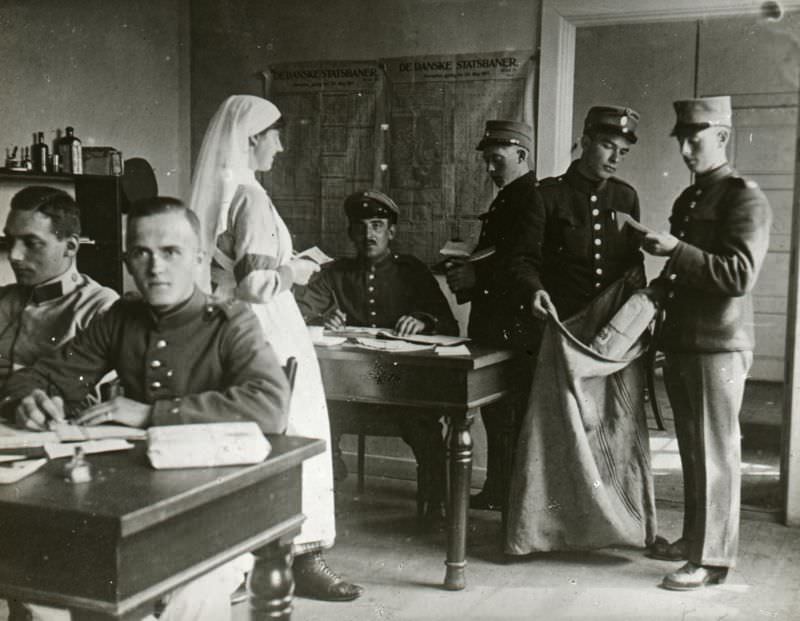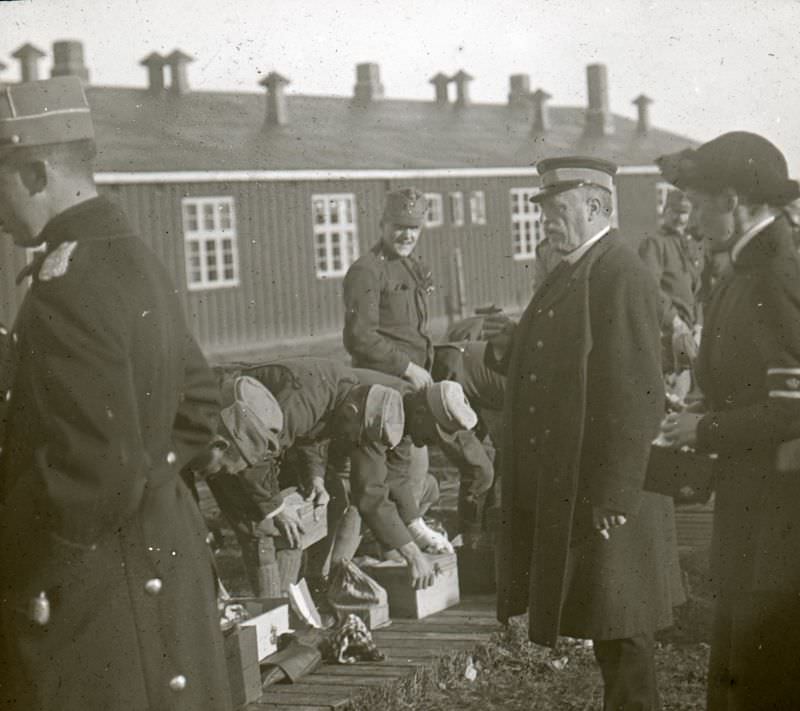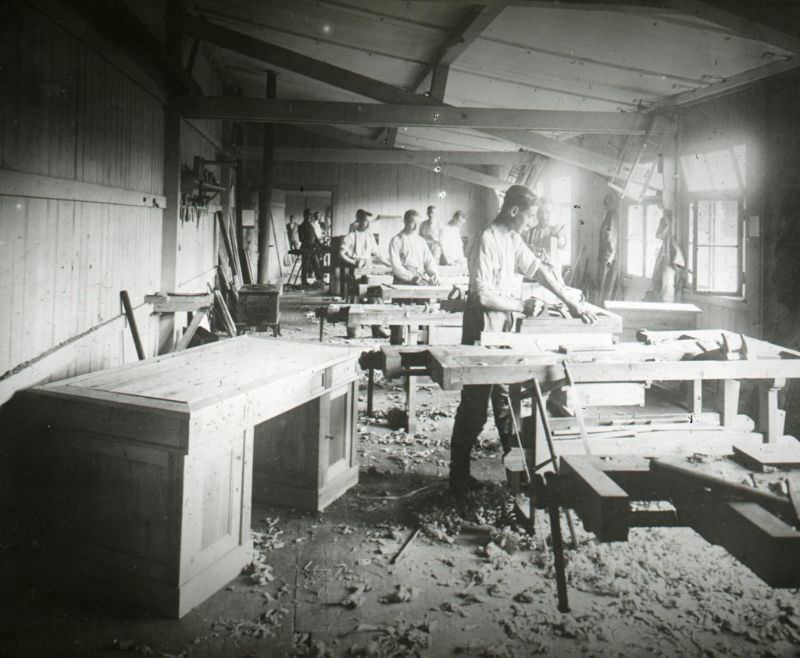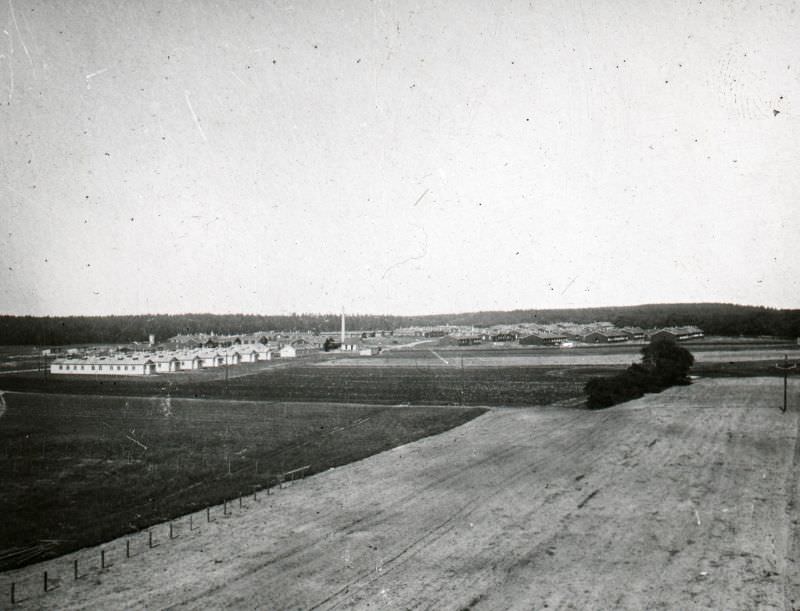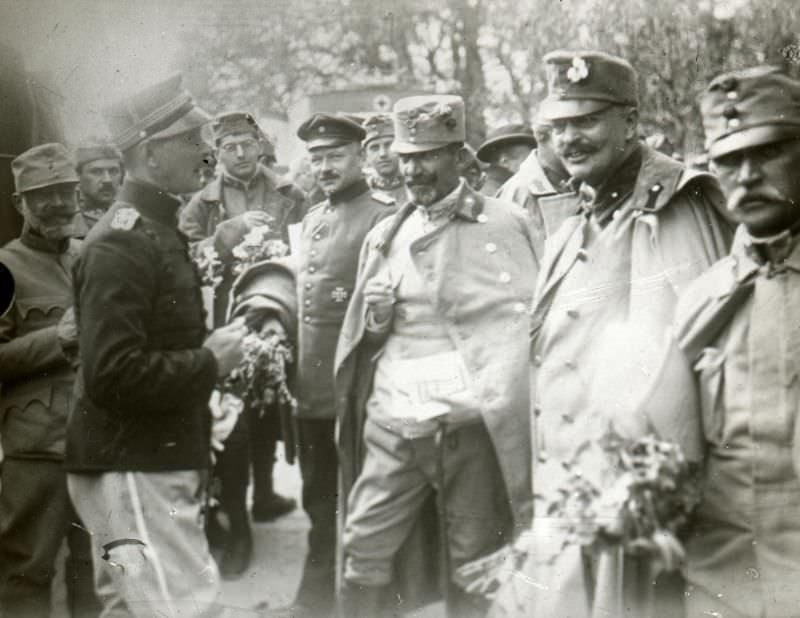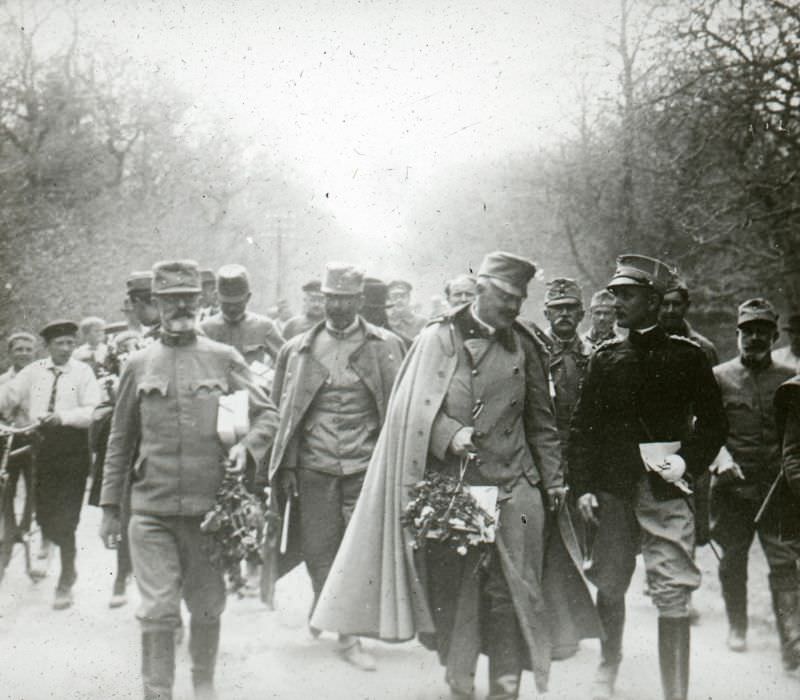Jutland is a peninsula in Northern Europe that separates the North Sea from the Baltic Sea. It forms the mainland part of Denmark and a northern part of Germany. The names are derived from the Jutes and the Cimbri, respectively. West Jutland is characterized by open lands, heaths, plains, and peat bogs, while East Jutland is more fertile with lakes and lush forests.
In World War I, the Danish government agreed with Germany and Austria-Hungary on one side and Russia on the other to receive wounded prisoners of war. The Russian prisoners were sent to a camp by Horserød, north of Copenhagen. The German and Austro-Hungarians were interned by the village of Hald near Viborg, Jutland.
The Jutland camp was built in western Hald Ege in Central Jutland in 1917 by the Red Cross. The campsite was well equipped with all the facilities. The camp hospitals had medical and surgical wards, and, given the fact that food provisions were relatively better in Denmark than in the rest of war-torn Europe, the prisoners here were better fed.
Below are some amazing historical photos that offer a glimpse into the life of the prison camp at Hald in Jutland in 1917.


